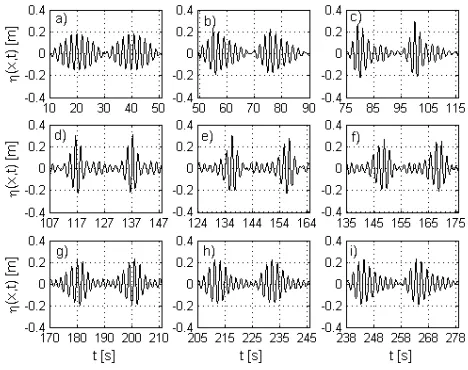Amplitude Amplification Factor of Bi-chromatic Waves Propagation in Hydrodynamic Laboratories
Full text
Figure


Related documents
In Honor of the celebration of the 10th Anniversary of the Department of Electrical Engineering, Faculty of Engineering, Universitas Riau (UNRI), Pekanbaru, Indonesia,
The Emergency Services Foundation restructured their fundraising plan to garner funding from for-profit businesses through corporate partnerships.. ESF
To that end, the Open Travel Alliance (OTA) was formed in 1998 and now has a global membership of over 150 travel companies from suppliers, such as airlines, hotels, car rental, rail,
In any industry, we can learn a lot from what the largest players are doing. In the case of e-government, a thorough audit of the social media practices of the 15
The rate of extreme poverty in rural areas has fallen from 250 million to 14.79 million people, while public goods and services such as universal primary education, public and
Slutsatsen för denna uppsats var att egenskapen parasitresistens är kvanitativ med många aktiva gener på flera kromosomer och att dessa gener ger uttryck för olika delar
Buttlar, (1999) in a study of library and information science doctoral dissertations found students cited an average of 46% journals, 31.9% books and 7.3% chapters in books
Echoing Nelson, we offer four reasons for this expansion of legitimacy: (1) the process of reflection is an essential component of learning; (2) reflective writing captures